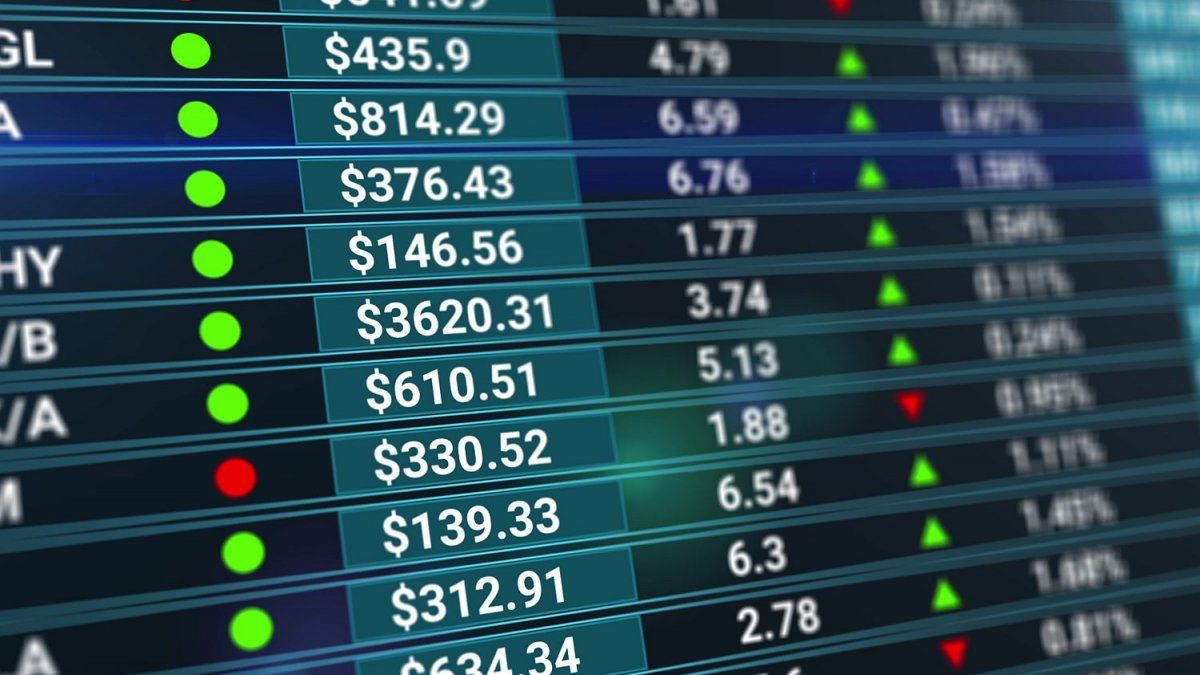In an article published last month, we discussed whether those companies that pay dividends should necessarily be worth more than those that don’t, based on an article by Brian NelsonCFA holder of Valuentum -independent stock research company-. In part, the same article explains to us that the price of a share is determined by its “sources” of value, in a process through which thousands of investors discover through their operations the “fair price” in the markets. These sources of value, Generally speaking, they are determined by the company’s net cash and the cash flows it is expected to generate in the future.. Hence the importance of expectations, where all new information is incorporated into your quote.
As we saw, when establishing whether a stock is expensive or cheap we must previously determine an estimate of its “reasonable value”. That is, a price range, considering estimates of the sources of value of said shares. The method of carrying out this valuation should then take into account these sources of value and the discounted cash flow (DCF) method does so.
The discounted cash flow model is often dismissed as a mere academic tool, heavily dependent on the sensitivity of long-term assumptions about sources of value. However, stock valuation is inherently tied to its market price. The process does not use “shortcuts” for valuation. Using a shortcut could even cause inconvenience. Let’s see what happens when we use multiples of comparable companies to value stocks as a shortcut. Of course, it is simpler, less cumbersome, and above all things “faster”. But not necessarily more effective or useful. There is a reason: Stock valuation involves a process, which is used to derive these multiples such as the well-known P/E (PER) that relates the price of the stock to its earnings.
When using, for example, this multiple to value a stock, we multiply the earnings per share of the company under analysis by the multiple of its comparable, thus estimating its target value. But this shortcut does not actually avoid the task of valuation and can lead us to make wrong investment decisions. Multiples do not drive price, but are a result of the valuation process. Let’s note that it is the components of the valuation that drive it and the changes in the price of the shares.
Let’s imagine a hypothetical company that has 100 shares outstanding and generates $1 in profits. Its stock price is trading at $100 per share, and it has no debt, contingent liabilities, or other obligations. However, there is $1 billion in cash on the balance sheet. Would you buy this stock with a P/E of 100? paying a price for 100 times earnings? You will probably refuse. You wouldn’t do it at 100 times earnings. That would be too expensive!
Let’s see where this shortcut takes us. If you were to buy 100 shares of this hypothetical company for $100 each, then you would spend $10,000 on all of the company’s assets (100 shares x $100 per share). But there’s $1 billion of cash on the balance sheet that would be yours. As a shareholder of the company at the time, he would also own all of the company’s assets. In other words, you would be exchanging US$10,000 (the purchase amount of all the shares) for $1 billion in cash on the balance sheet by buying all the shares of this company at 100 times earnings. You would also get all of the company’s future free cash flows as a shareholder.
Of course the market is not so inefficient, where situations like this occur, but the example is very important for two reasons. First, it shows us that multiples when used as valuation “shortcuts” can be misleading. Second, the balance sheet is an absolutely critical, often overlooked component of value. How many investors can look favorably on AT&T (T) because it has a low P/E ratio (6.5 times) but are overlooking its huge net debt position? How many investors think Apple (AAPL) may be too expensive due to its high P/E ratio (28.8 times), but fail to take into account its huge net cash position and future cash flow generation?
The stock market is not necessarily full of investors buying stocks with a low P/E and selling stocks with a high P/E, but rather it is full of investors selling stocks that they believe are “expensive” (whose price is above of the estimated fair value range) and from investors who are buying “cheap” stocks (whose price is above the estimated fair value range).
It makes much more sense to derive fair value estimates than to use multiples as valuation “shortcuts.” After allthe discounted cash flow model helps investors understand the drivers behind a company’s value and stock price. And in any case, then use the multiples based on said valuations.
Many valuation multiples ignore the cash position on the balance sheet, or do not capture the long-term nature of expectations, which is a critical factor in investing. However, the net cash that a company has on the balance sheet is only one component of the sources of value. Other, It is the future cash flow generated by the company.
We are optimistic about companies that have the outlook for the market to build on increasing expectations for cash flows and typically find these names in the large-cap and growth technology areas. Entities with large net cash positions and significant fund flow generation have outperformed not only the broader stock market, but also key high-yield areas, including REITs.
Criteria Asset Management Analyst.
Source: Ambito
David William is a talented author who has made a name for himself in the world of writing. He is a professional author who writes on a wide range of topics, from general interest to opinion news. David is currently working as a writer at 24 hours worlds where he brings his unique perspective and in-depth research to his articles, making them both informative and engaging.




